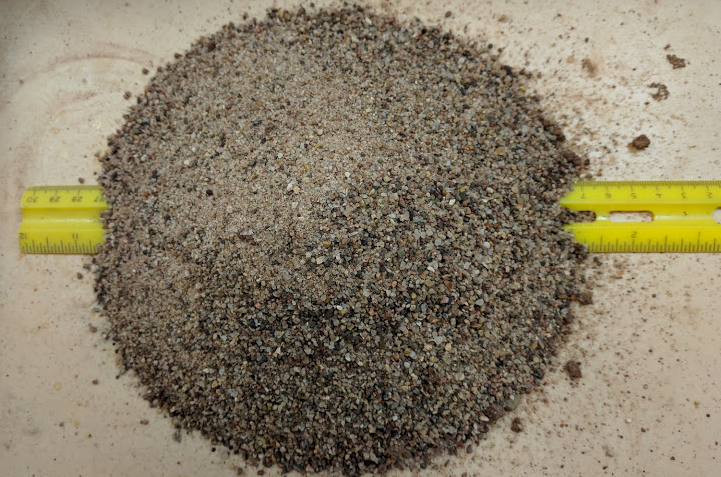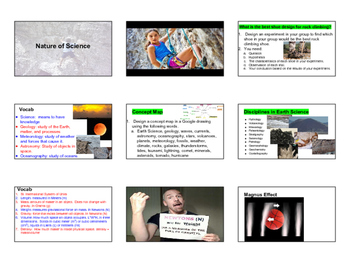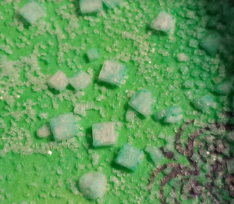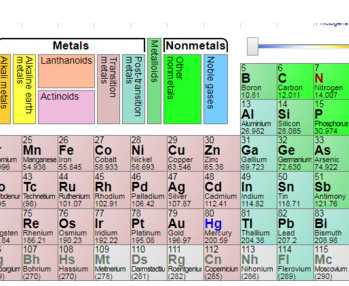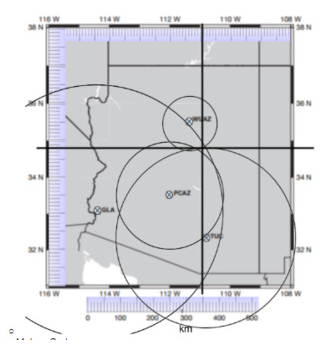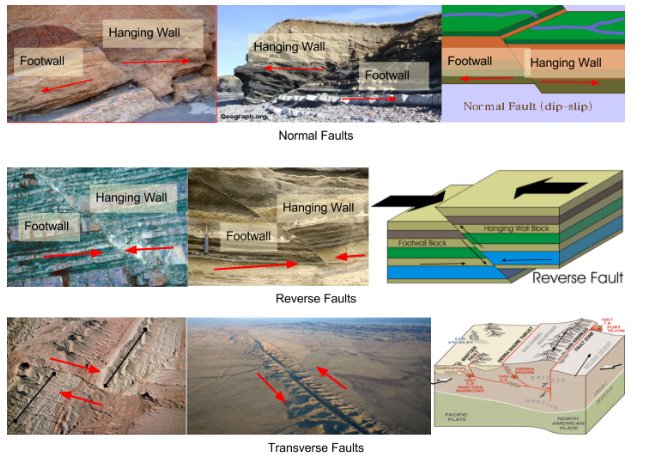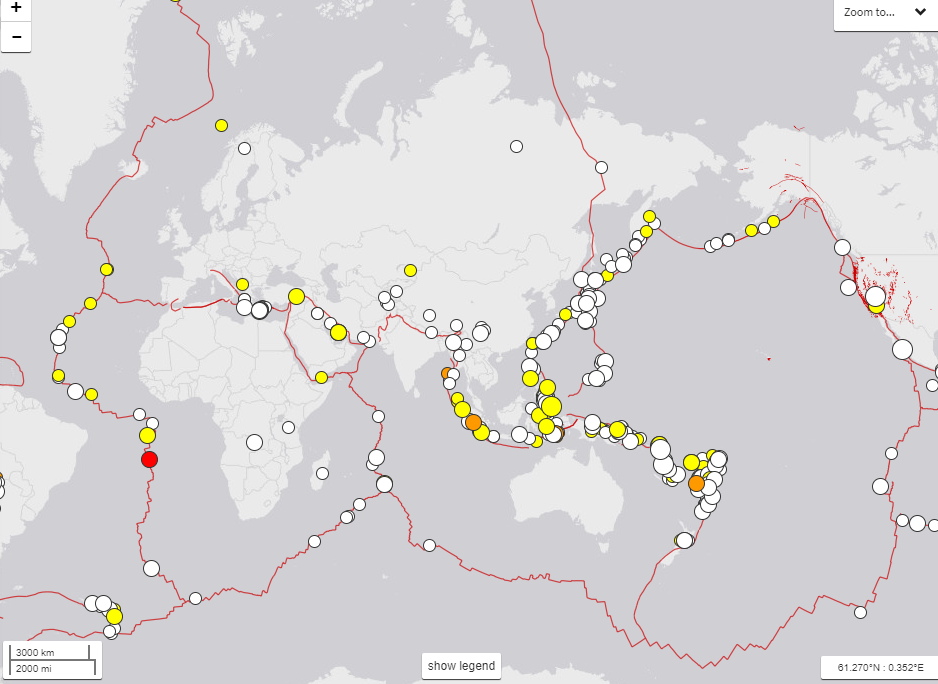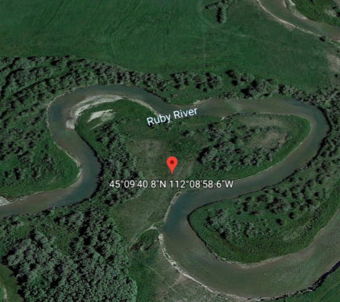Earth Science: Understanding Glaciers Lab
Image
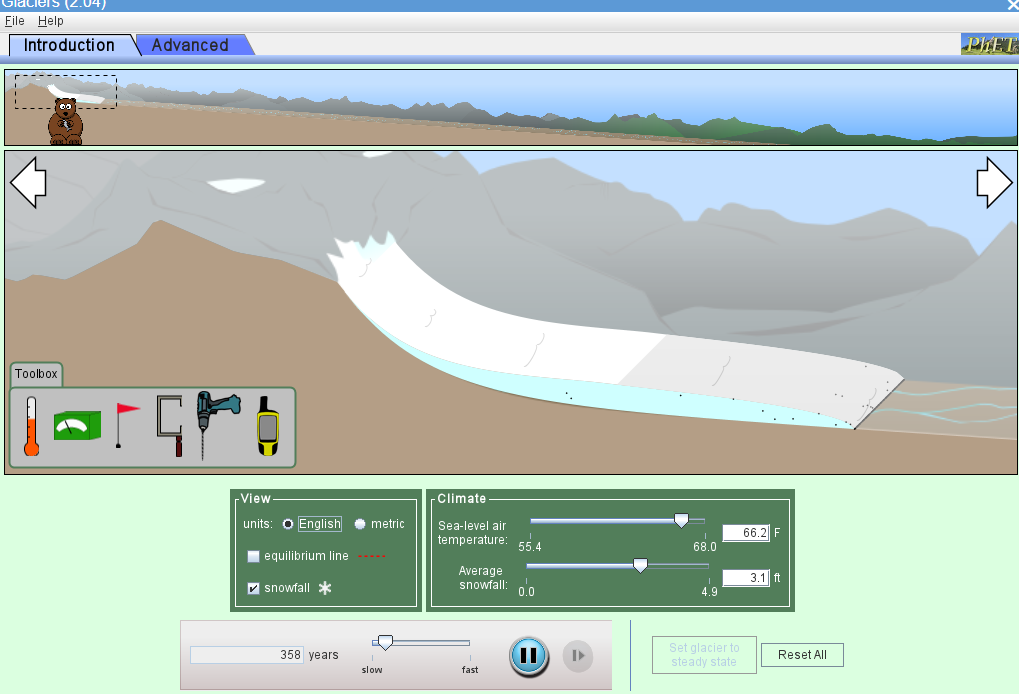
This is an interactive digital glacier lab that will help students understand what glaciers are, what some of the formations and deposits look like, and will have students explore how glaciers grow and shrink, and how scientists go about discovering glacial movement speeds over time as well as finding out how scientists come up with the numbers of how long glaciers will last at current rates. Students will actually be the scientist discovering the rate of speed as they build their own interactive glacier using Phet. You will need computers that can run Java.

